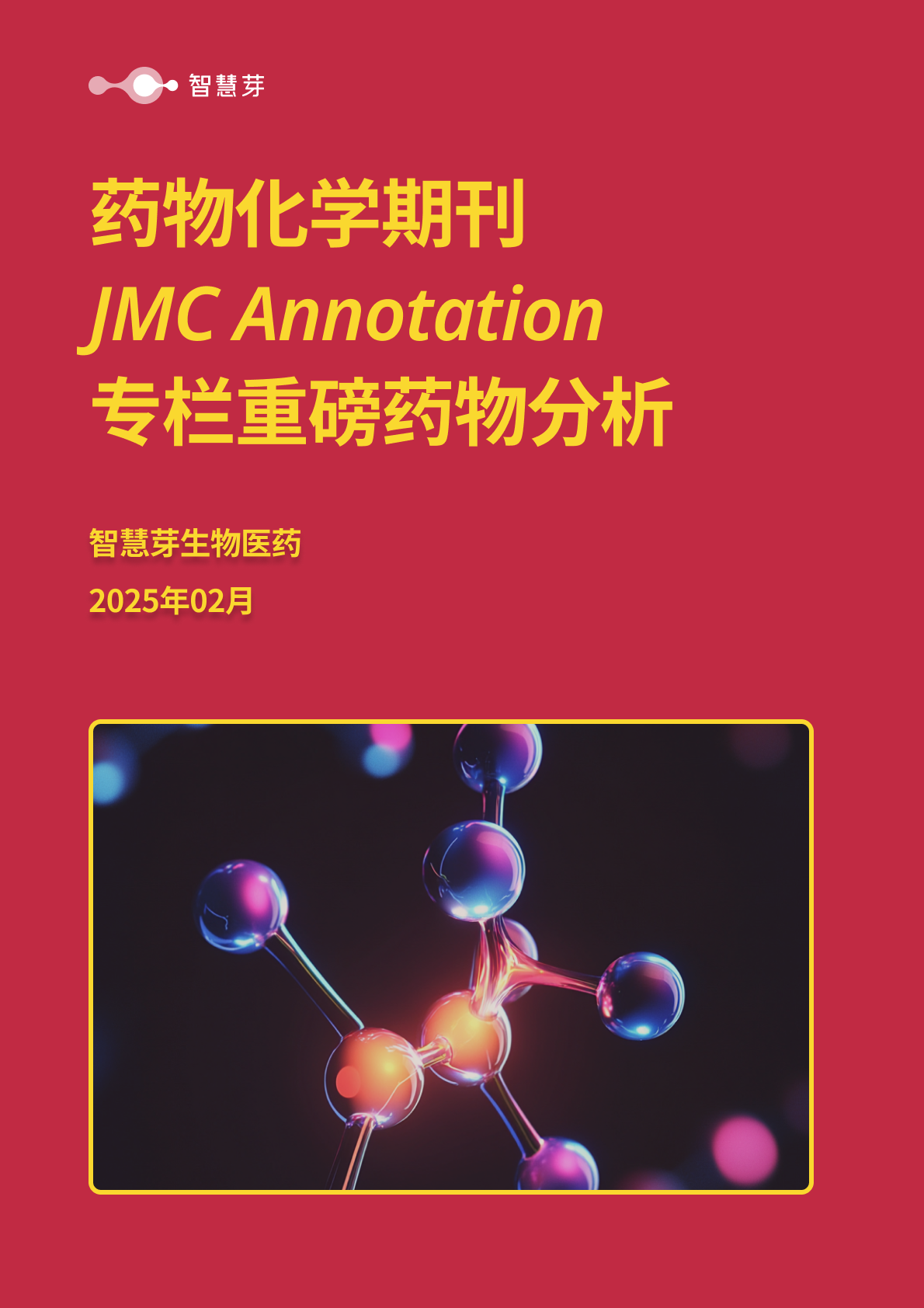预约演示
bluebird bio submits US application for sickle cell gene therapy
2023-04-26
优先审批临床结果ASH会议临床研究基因疗法
bluebird bio has submitted a Biologics License Application to the US Food and Drug Administration (FDA) for its sickle cell disease (SCD) gene therapy.
The application, which includes a request for priority review, is speFood and Drug Administration (FDA)temcel (lsickle cell disease (SCD)ients aged 12 years and older who have a history of painful complications associated with the disease.
Affecting approximately 100,000 people in the US, SCD is a life-long, incurable genlovotibeglogene autotemcellolovo-cel to take a SCDtinct crescent shape, which can block blood vessels and affect the way oxygen is carried around the body.
The disease can cause serious health problems inclSCDng anaemia, fatigue, episodes of pain and chronic end-organ damage.
Andrew Obenshain, bluebird’s chief executive officer, saanaemiae fatiguey of SCD, and painimpacchronic end-organ damagevers, has been underappreciated and overlooked for far too long. Transformative therapies for this community are long overdue.”
bluebird’s lovo-cel is an investigational one-time treatment designed to add SCDctional copies of a modified form of the beta-globin gene into a patient’s own haematopoietic stem cells.
Following tlovo-cel, a patient’s red blood cells can produce anti-sickling haemoglobin that decreases the proportion of sbeta-globinglobin, with the goal of reducing sickled red blood cells, haemolysis and other complications.
The company’s submission is backed by efficacy results from 36 patients with 32 months of follow-up data and two patientsickle haemoglobinollow-up. Safety data from 50 patients, including six patients with six or more years of follow-up, is also included in the application.
The filing comes just months after the US regulator lifted its partial clinical hold on bluebird's lovo-cel studies.
The trials were placed on a partial hold in December 2021 relating to an investigation by bluebird into an adolescent patient with persistent, non-transfusion-dependent anaemia following treatment with lovo-cel.
Results from a detailed investigation of the case were presented at the American Society of Hematology Annual Meeting and Exposition, alongsidenon-transfusion-dependent anaemiasistent anaemia in an adullovo-celt following treatment with the gene therapy.
It was found that both patients had a specific genotype known as alpha thalassaemia trait, which was subsequently added to exclusion criteria for ongoing studies.persistent anaemia
更多内容,请访问原始网站
文中所述内容并不反映新药情报库及其所属公司任何意见及观点,如有版权侵扰或错误之处,请及时联系我们,我们会在24小时内配合处理。
来和芽仔聊天吧
立即开始免费试用!
智慧芽新药情报库是智慧芽专为生命科学人士构建的基于AI的创新药情报平台,助您全方位提升您的研发与决策效率。
立即开始数据试用!
智慧芽新药库数据也通过智慧芽数据服务平台,以API或者数据包形式对外开放,助您更加充分利用智慧芽新药情报信息。



